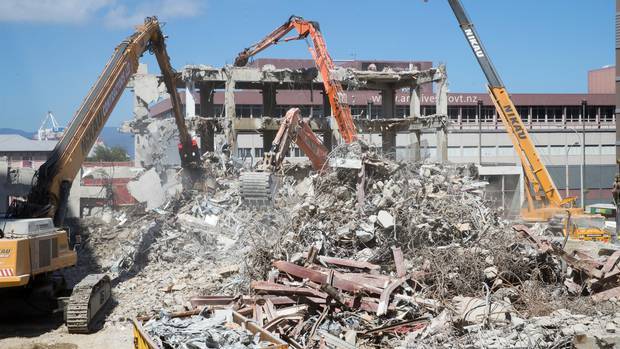
About 100 sensors will be mainly installed in traffic-light control cabinets at intersections no more than 200 metres apart.
The new grid is part of an agreement between Wellington City Council and Canterbury Seismic Instruments (CSI), which has developed the network called Sentinel.
The first sensors of this type were installed in Christchurch in late 2018 along with Waimakariri District Council in early 2019. A network is also operating in Hutt City.
Installation in Wellington is expected to be completed by September.
The sensors will allow the council, as well as subscribed business operators and building owners, to rapidly assess the condition of buildings and infrastructure after an earthquake.
The sensor data is used to create a range of ground shaking heat maps, which show probable damage to underground services such as power, water, and telecommunications.
The instruments also show which areas have exceeded New Building Standard (NBS) thresholds, so the council can quickly decide which buildings need to be cordoned off and where to send first response teams.
For example, if the shaking is at 120 per cent NBS but the building is only rated at 60 per cent NBS, then it should be closed and inspected.
CSI government relations manager Dr Hamish Avery said it was important to have a dense grid of sensors to ensure accurate measurement of the shaking due to differences in conditions and subsurface structures in central Wellington.
"Over several hundred metres you can go from solid rock to reclaimed land to old marshy areas and stream beds in parts of the CBD.
"This means the shaking will vary greatly over small distances and helps to explain why some Wellington buildings were badly damaged in the 2016 Kaikoura quake, and had to be demolished, while others nearby were undamaged."
The partnership between council and CSI involves free exchange of information from the network in return for access to infrastructure to enable the installation of the system.













